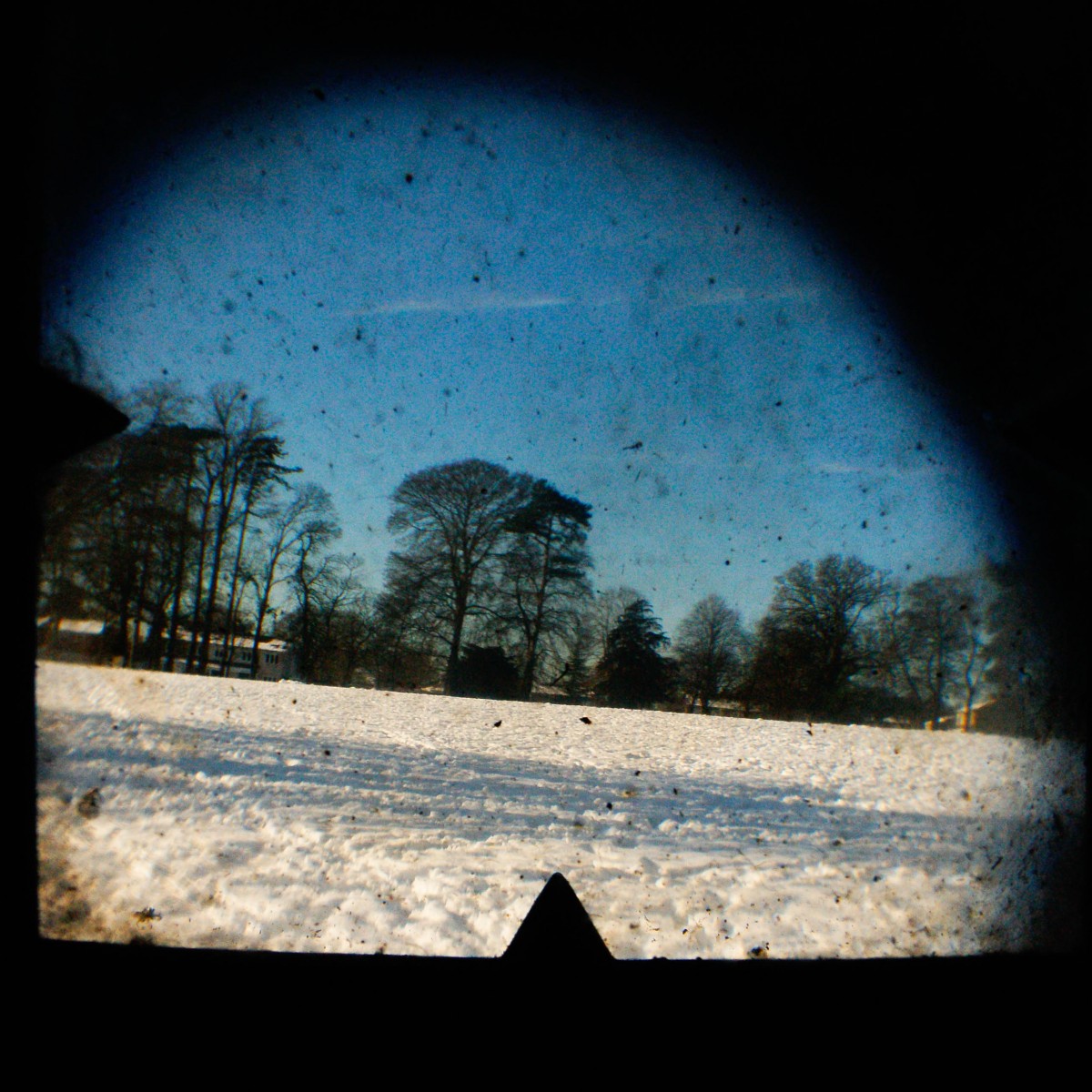

The view inside the ~ offers 0.75x magnification, and gives you a clear and realistic view of the scene you are photographing. Standard DP-30 Finder, DA-30 Action Finder, DW-30 6x magnification, DW-31 Waist Level. Nikon's newest, best and most expensive DX camera ever, the $1,800 D300, has a finder the same size as Nikon's cheapest 35mm SLRs ever made, the N55 and N75.įixed eye-level pentaprism, built-in diopter adjustment (-2.0 to +1m-1), eyepiece shutter, eyepiece DK-17 (eyepiece lock available) ~s: I'm astounded at how pathetic the finders remain in DX cameras. With a single-lens reflex camera the photographer can actually look through the camera's optical equipment to see their subjects. ~: What the photographer looks through to take a picture. This is the hole the photographer looks through to take a picture. The ~ magnification does, however, get an increase to 0.78x compared to the 0.ĭSLRs feature an optical ~ while mirrorless cameras feature an electronic ~ (EVF) which offers an essential benefit over its optical counterpart since it can display more information. The EVF is a definite step back from the Quad VGA 3,686K dot panel (1280×960 pixel) found on the A7R III and A9. The A7 III uses the same XGA 2,359K dot (1024×768) OLED Electronic ~ as the Sony A7 II.
#Viewfinder photographer iso
A small button conveniently located on the front of the camera allows you to see the ISO setting in the ~ whenever you like. ~ ISO - while you can change the ISO on every digital SLR, you can't look through the ~ and see what the ISO is set to - except with the D80. EVF=Electronic.Īffordable and easy to use, the Canon EOS Rebel T7 / 2000D is pretty much the perfect beginner DSLR for those on a budget. There are three main types of ~ employed on modern cameras.

Viewpoint - The camera's location relative to the subject. Only single-lens reflex cameras give the user the ability to see exactly what the camera sees. ~ - The viewing device on the camera that allows the photographer to see the approximate or exact view of the camera's lens. The term is sometimes used as a description of the type of camera that does not use reflex or "straight-through" viewing systems and therefore has to have a separate ~. In digital photography there are four main types of ~ - some cameras will have more than one type fitted.ĭevice or system indicating the field of view encompassed by the camera lens. The ~ is the cameras device to enable you to "see" the image (or a close approximation of it) as it will be recorded on the image sensor. We've also shown the ~ of the film-era F3 here for reference. The magnification is 0.70x and, naturally, coverage is 100%. The Df's optical ~ is very large - the same size as the D800. While electronic ~s (EVFs) are usually built into high-end CSCs, users of entry- and mid-level models have to rely on the monitor for both shot composition and adjusting shooting parameters. The below video from YouTuber Daero Lee gives a great through-the- ~ example of how the 7D II's cluster of AF points stays glued to the moving dancers as the camera fires off ten frames per second bursts. Photography Quick Tip#2 - Look for unwanted elements through your ~īefore you press the shutter release button (take the picture) stop and look at what you can see through the view finder or what you can see on the screen on your camera. When you picture a photographer, it's always the camera that you see first, unlike when you're asked to picture an artist or a great chef. The Artist Behind the ~: Emotional Photography Insight There are two types of ~s - optical, and digital.Īn optical ~ in a DSLR works by light passing th rough the lens and bouncing off the reflex mirror and prism in your camera. The ~ is the eyepiece on a camera that you hold close to your eye, to allow you to see what's being photographed. ~s, LCDs and Fields of View (Is What You See What You Get?) The DSLR shown here uses the camera's photographic lens to provide the view of the scene.įrom Nikonians Wiki - FAQs, Photo Glossary, Good Photo Locations, Help The ~ is where the photographer views the scene to frame up for the photograph. Viewfinder Blackout is a problem in single-lens reflex (and also view cameras) where the viewfinder image is lost during the exposure- so the photographer cannot see the exact image at the moment the photograph is taken. For those who haven't guessed already, it's a great camera. Well, in a moment of weakness, I broke down and bought a D100. Several weeks ago, I posted a PhotoTip regarding the need to at least start thinking about digital.


 0 kommentar(er)
0 kommentar(er)
